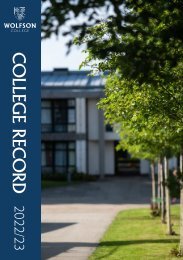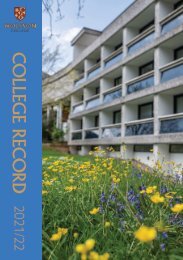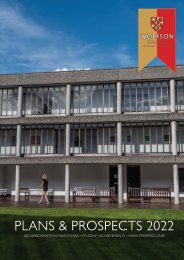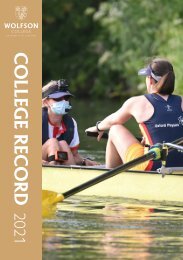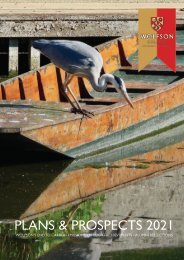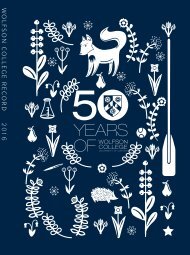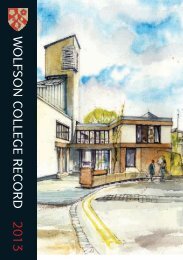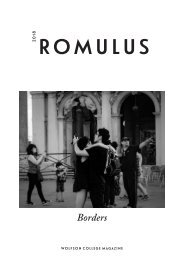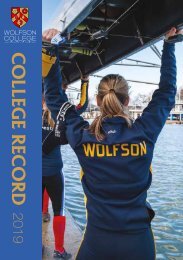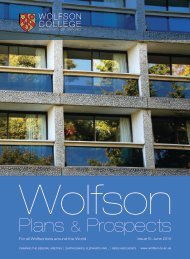You also want an ePaper? Increase the reach of your titles
YUMPU automatically turns print PDFs into web optimized ePapers that Google loves.
again there were photos, but no dimensions recorded. Fortunately I had worked in<br />
the relevant museum as a young graduate before coming up to Oxford to research<br />
Roman gemstones, and I had been given the chore of measuring these stones, so all<br />
I needed to do in working on the Corpus of Sculpture from South-East England<br />
(now in press) was to convert Imperial dimensions to Metric.<br />
There have been other experiences. I traced a fragment of an altar depicting the<br />
god Mars to a private house in Wotton-under-Edge. It was now set low down in<br />
the surround of a modern fireplace, and I had to lie on my stomach on the thickest<br />
pile carpet I have ever seen to photograph it. In the same county a sculpture from<br />
Winchcombe, last seen in the 1870s, turned up in a cupboard at Sudeley Castle a<br />
year or two ago, and I was glad to be able to confirm my earlier surmise from a<br />
sketch that it was indeed a representation of a hunter god. Not all sculptures have<br />
been ‘lost’ for so long. A brief report in the journal Britannia told me that a very fine<br />
statue of a standing male figure had been found at Dover about 25 years ago. The<br />
excavator denied all knowledge of it, but then to my satisfaction and his, discovered<br />
it was the very same block of stone which had lain undisturbed under his desk for<br />
two decades.<br />
Fortunately it was discovered in time for the Corpus. And of course I have made my<br />
own discoveries, amongst them a superb Roman imbricated (scale-covered) column<br />
that had been re-used by the Norman builders in the Holy Innocents’ chapel in<br />
Canterbury Cathedral crypt. This is by no means the only case of such re-use,<br />
for amongst other examples I have recorded there is architectural stonework<br />
incorporated in Atcham church, Shropshire, and the sculpture of a lion incorporated<br />
into the late-Roman wall at Richborough. From a later period of re-use there is a<br />
relief of a horseman still visible, set high up in the wall of a nineteenth-century<br />
barn at Gill Mill, Ducklington, a site which in excavations conducted by Oxford<br />
Archaeology has produced two other images of Roman gods.<br />
Of course sculpture is being recovered by archaeologists all the time, most recently<br />
a superb eagle from the site of a Roman cemetery in the Minories just east of the<br />
City of London, carved in Cotswold stone. I have been involved from the beginning<br />
in studying this iconic find, which evidently graced the mausoleum of a very<br />
important inhabitant of first-century London and was carefully deposited in a ditch<br />
when the mausoleum was apparently demolished soon after.<br />
116



